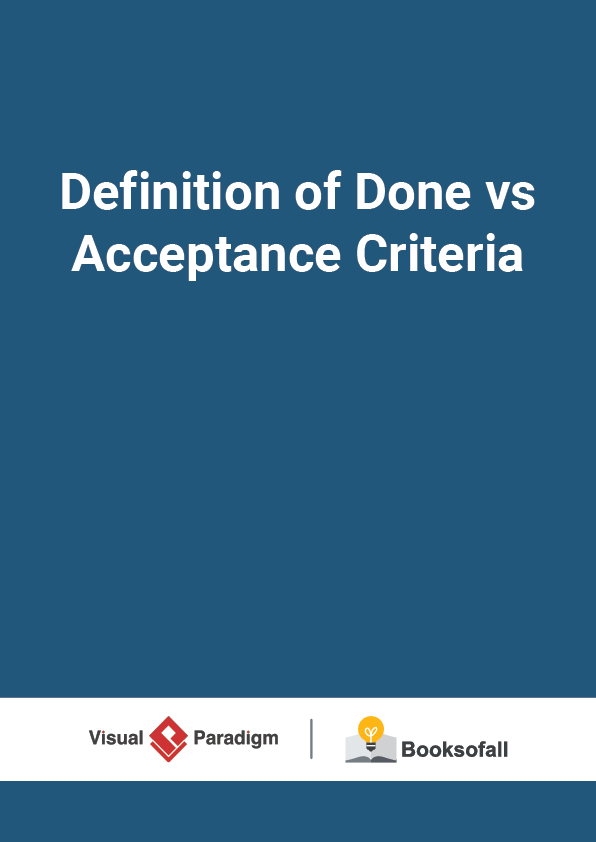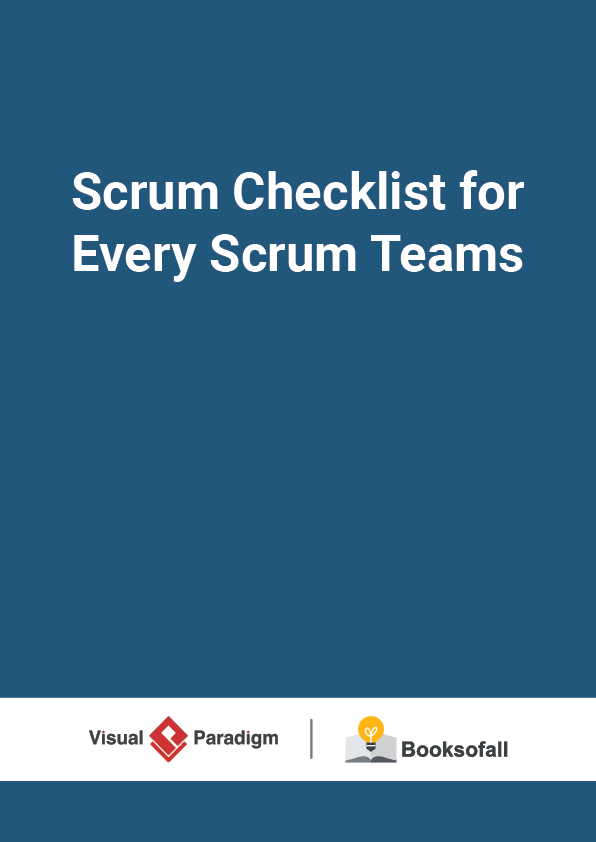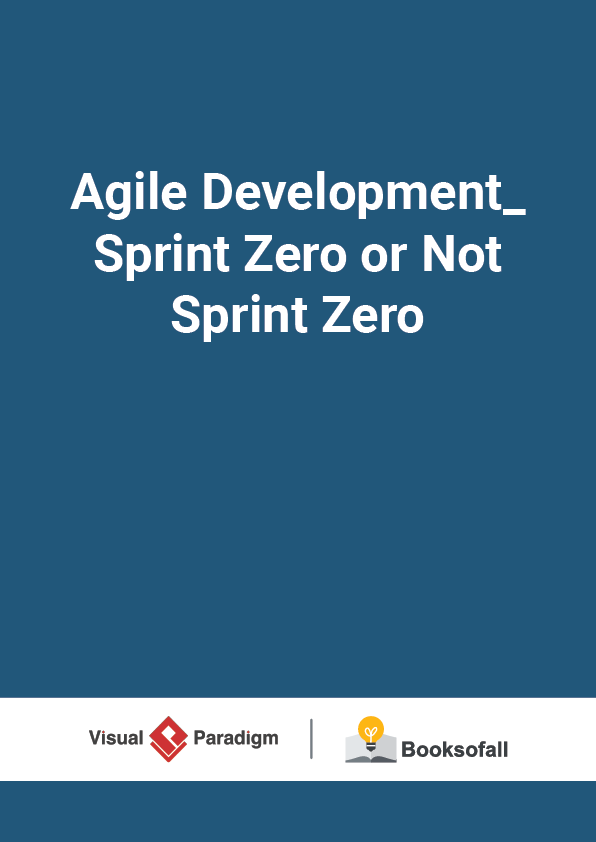What are Scrum Ceremonies?
5-7 minutes
Scrum has short fixed schedule of release cycles with adjustable scope known as sprints to address rapidly changing development needs. A Scrum process is distinguished from other agile processes by specific concepts and practices, divided into the three categories of Roles , Ceremonies (also Events or meetings) and Artifacts as shown in the Figure below:
Scrum – Roles, artifacts, ceremonies
Ceremonies in Scrum Cycle
Each Scrum Project could have multiple Release Cycles and each release could have multiple sprints. There are a number of repeating sequence of meetings , to be held before, within and after the sprint cycle.
Scrum suggests three roles: the team, Scrum Master , and product owner ; four ceremonies: the sprint planning meeting , Daily Scrum , sprint review meeting , and sprint retrospective meeting ; and three artifacts: the product increment, product backlog , and sprint backlog as shown in the Figure:
The Agile Scrum Framework
Meetings or “ceremonies” are an important part of agile development. They help to disseminate timely information, bring common goal and vision, and share team progress to all team members. The complete Scrum team attends all the ceremonies except there trospective, which the product owner may or may not attend. Scrum calls for ceremonies mentioned above that forms structure to each sprint:
Sprint Backlog Refinement
Product Backlog refinement is the act of adding detail, estimates, and order to items in the Product Backlog. This is an ongoing process in which the Product Owner and the Development Team collaborate on the details of Product Backlog items. During Product Backlog refinement, items are reviewed and revised.
As mentioned above, Product Backlog refinement is an ongoing activity, and unless it is being conducted at scale it does not restricted to be a time-boxed event (or meeting) . However, there is nothing to stop teams from time-boxing each refinement session anyway. In general it is good practice to use time-boxing.
Sprint Planning Meeting
The goal of Sprint Planning is to answer the questions “What are we going to work on, and how are we going to do it?” It’s also important for the team to have a shared goal and a shared commitment to this goal before beginning their Sprint – the list of items the team plans to work on during that specific Sprint. The team then breaks down these items into tasks, typically no bigger than a 2 days’ worth of work.
Daily Stand-up Meeting
Once we begin a Sprint, we have what we call a Daily Scrum every day. Organized by the Scrum Master, Daily Scrum is typically a 15-minute stand-up meeting to synchronize the work of team members, i.e. what’s done on the prior day, what needs to be done today, identify any impediments, and creates visibility around the work that everyone is doing in the Sprint.
Note That
At the end of the Sprint, the goal is to have a Potentially Shippable Product Increment(PSPI). We’re trying to get something of incremental value done every Sprint.
Sprint Review Meeting
Held at the end of each sprint to demonstrate the added functionality. The goal is to get feedback from the product owner and other stakeholders to ensure that the delivered increment met the business need and to revise the Product Backlog based on the feedback. This feedback will then become items that will be looped back into the Product Backlog, where it can be ordered and pulled in by the team in a future Sprint.











